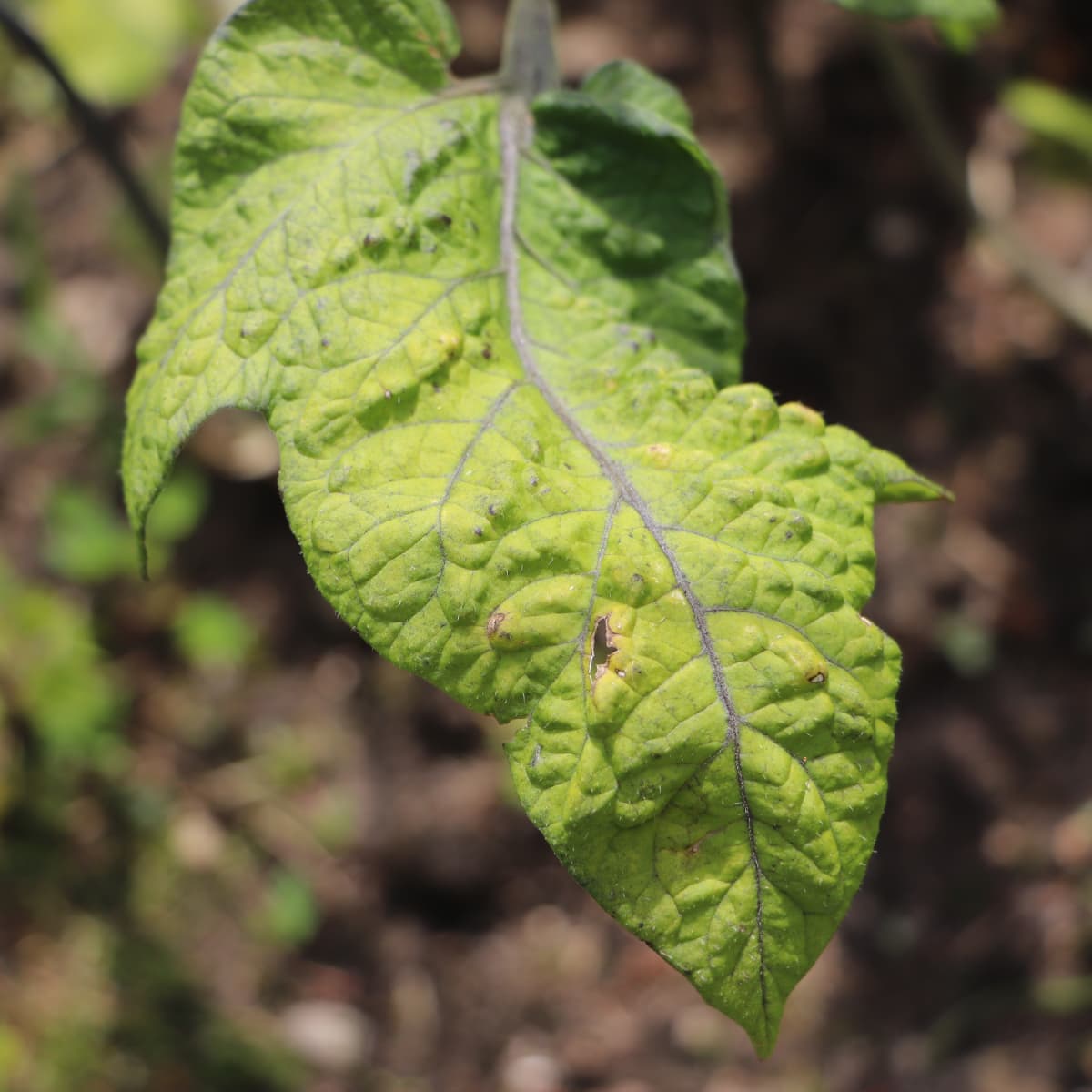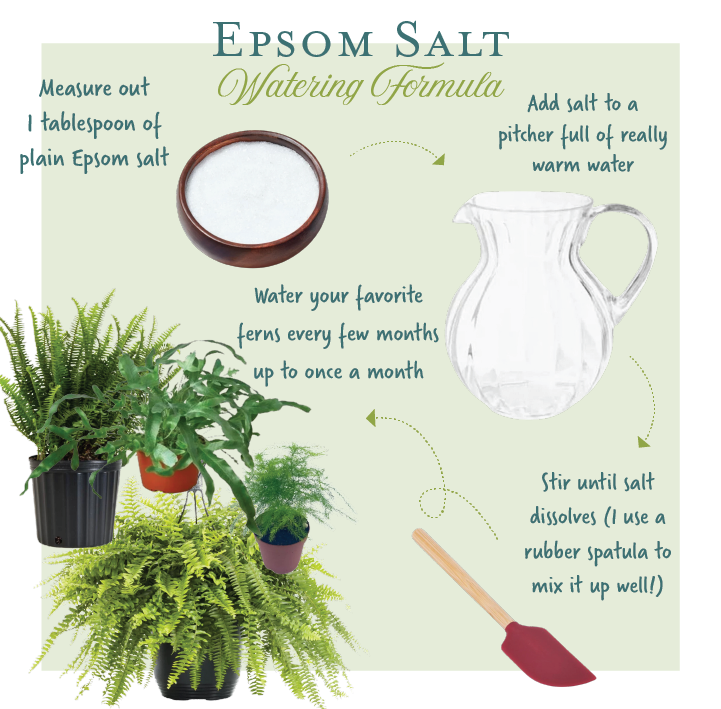Find Out About the Specific Plants That Are Negatively Influenced by Epsom Salt Application
Epsom salt, a preferred house treatment for different horticulture concerns, is often commended for its helpful impacts on plant growth. Nevertheless, not all plants react favorably to its application. Comprehending the details plants that can be detrimentally influenced by Epsom salt is crucial for any type of garden enthusiast aiming to maximize their plant care routine. Roses, tomatoes, rhododendrons, peppers, and azaleas are simply a few instances of plants that may not respond well to Epsom salt. The reasons behind these negative impacts and just how to alleviate them are crucial knowledge for maintaining a prospering yard.
Roses

Roses, particularly sensitive to changes in their atmosphere, can be negatively influenced by the application of Epsom salt. While Epsom salt is frequently utilized as a fertilizer to advertise plant growth and enhance blooming, roses are just one of the plants that do not react well to its application. The high magnesium material in Epsom salt can disrupt the uptake of various other necessary nutrients by the rose plants, resulting in deficiencies that materialize as yellowing leaves or stunted development.

Tomatoes
Tomatoes, understood for their adaptability in cooking applications, can display unfavorable impacts when exposed to Epsom salt as a result of their specific nutrient requirements. While Epsom salt is often proclaimed as a remedy for numerous plant problems, consisting of blossom end rot in tomatoes, its application can lead to damaging end results if not used deliberately. Tomatoes are hefty feeders that call for a balanced intake of nutrients, especially calcium, to grow. Excessive Epsom salt, which is magnesium sulfate, can disrupt the delicate nutrient balance required by tomatoes, possibly resulting in deficiencies in other vital nutrients like calcium. This discrepancy might show up in symptoms such as stunted growth, yellowing leaves, or perhaps minimized fruit production in tomatoes. As a result, when taking into consideration the usage of Epsom salt on tomatoes, it is vital to abide by suggested application rates and soil testing to avoid unintended repercussions on the total wellness and performance of these precious yard plants.
Peppers
Peppers, respected for their various shades and levels of spiciness, can demonstrate sensitivity to unfavorable impacts from Epsom salt when not used with treatment and factor to consider for their certain nutritional needs. what plants don't like epsom salt. Peppers, coming from the Solanaceae household, call for a fragile balance of nutrients to grow. While Epsom salt is understood to improve magnesium levels in plants, extreme application can interrupt this balance, leading to damaging effects on pepper plants
When peppers are revealed to high degrees of magnesium from Epsom salt, it can hinder the plant's capacity to absorb various other necessary nutrients like calcium and potassium. This inequality might manifest in signs such as leaf discoloration, stunted development, and decreased fruit production. Furthermore, the too much magnesium can alter the dirt pH, further worsening nutrient uptake problems for peppers.

Rhododendrons
Given the sensitivity of specific plant varieties to imbalances triggered by Epsom salt, it is necessary to consider the influence on Rhododendrons, which likewise need certain nutrient degrees to prosper. Rhododendrons are acid-loving plants that prefer acidic soil conditions with a pH range between 4.5 and 6.0. Epsom salt, chemically referred to as magnesium sulfate, can change the soil pH and disrupt the fragile balance of nutrients important for Rhododendron health and wellness.

To maintain the optimum growth and health of Rhododendrons, it is important to avoid the indiscriminate use of Epsom salt and instead concentrate find out on supplying the details acidic soil problems and nutrients that these plants require for flourishing.
Azaleas
These preferred flowering plants are usually found in gardens, landscapes, and parks due to their charm and convenience. While Epsom salt is typically made use of as a remedy for magnesium deficiency in plants, its application to azaleas can have negative impacts.
Azaleas choose somewhat acidic soil conditions, and an excess of magnesium from Epsom salt can disrupt this equilibrium, leading to nutrient inequalities and possible toxicity problems. The inaccurate application of Epsom salt can result in stunted development, yellowing of fallen leaves, and general decline in the health and wellness of azaleas.
Conclusion
To conclude, it is necessary to be mindful of the specific plants that can be detrimentally impacted by the application of Epsom salt. Roses, tomatoes, azaleas, peppers, and rhododendrons are some examples of plants that might not take advantage of Epsom salt and could also endure injury. It is critical to research and comprehend the demands of each plant types prior to utilizing Epsom salt as a plant food to ensure their health and wellness.
Recognizing the specific plants that can be negatively influenced by Epsom salt is essential for any type of gardener looking to maximize their plant care routine. While Epsom salt is frequently made use of as a plant food to promote plant development and boost blooming, roses are one of the plants that do not react well to its application.Too much usage of Epsom salt can also result in a build-up of salts in the soil, leading to root damage and dehydration of the rose plants. While Epsom salt is understood to boost magnesium levels in plants, excessive application can disrupt this balance, leading to negative effects on pepper plants.
The high salt content in Epsom salt can likewise dehydrate Rhododendron roots, causing further tension and damage to the plant. (what plants don't like epsom salt)